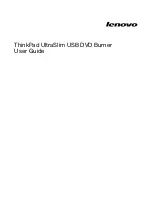
Before continuing, carefully read the preceding checklist. You
need to refer to the introductory material to effectively use the
following information.
The system does not recognize the presence of the drive or
system error message, “No Drives Found,” appears.
•
Check all cables.
•
Check all cards.
•
Check the BIOS memory address.
•
Check the drive type. In AT systems, the drive type must be
set to zero.
•
Check the drive and host adapter terminating resistors. See
“Configuring the drive” on page 2 and refer to your host
adapter documentation.
•
Check the terminator power source jumper settings and the
active/passive termination jumper settings described on
pages 3 and 4 respectively.
•
Check the power supply specifications.
•
Reboot and make sure the drive spins up. (It may be difficult
to hear the drive spin up.) If the drive does not spin up, check
all drive cables.
•
If you tried to install more than two hard drives or two diskette
drives, you may have installed more drives than your host
adapter can support. Check your host adapter documentation
for details.
System error message, “Drive not Ready,” appears.
•
Check all cables. For each ribbon cable, verify that pin 1 of the
cable is matched to pin 1 of the connector. Pin 1 is usually
denoted by a stripe on the side of the ribbon cable.
•
Check the power supply specifications.
14
ST3390N, ST3655N Installation Guide, Rev. A





































